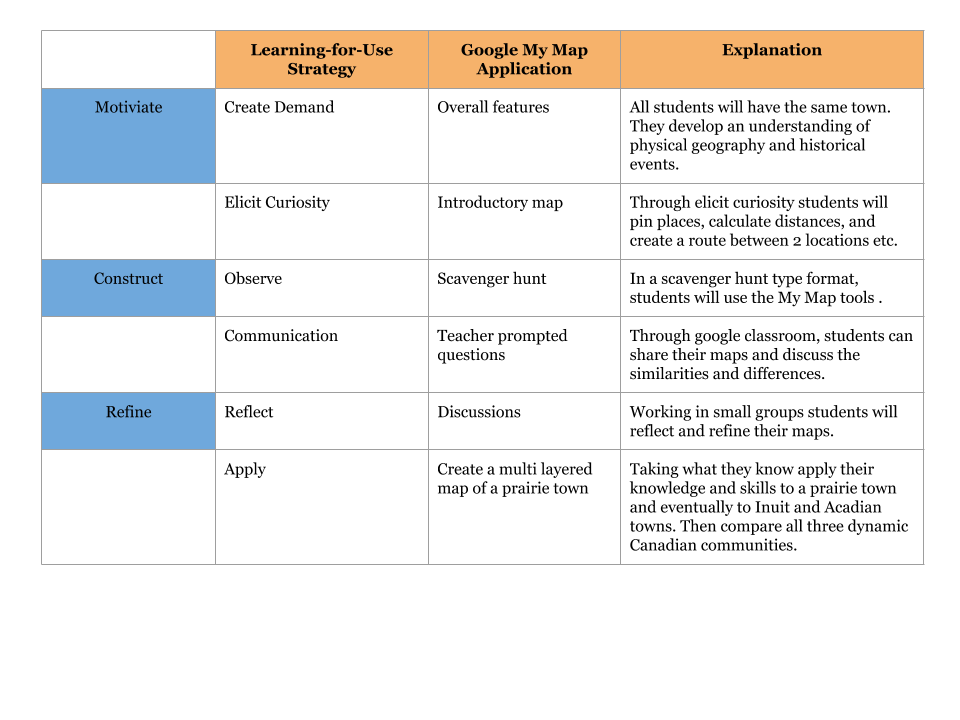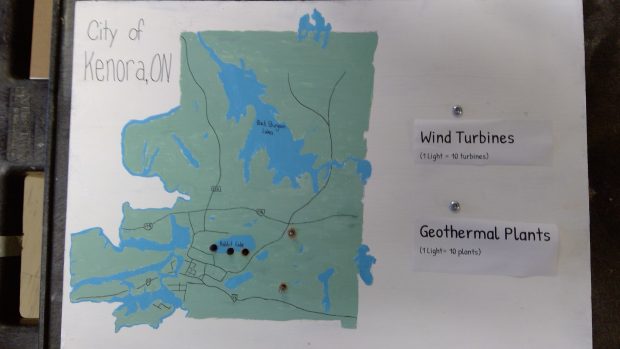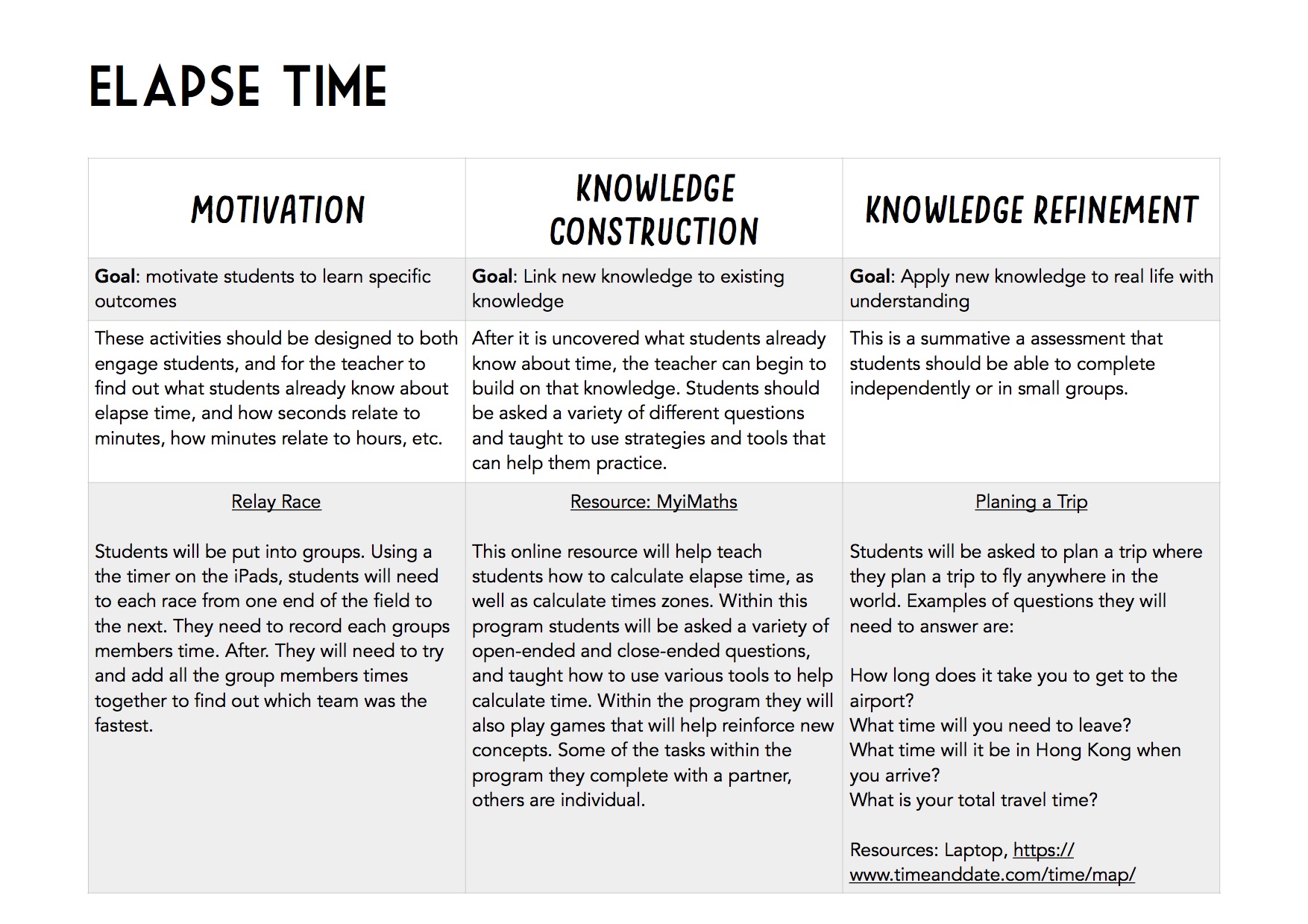In what ways would you teach an LfI-based activity to explore a concept in math or science? Draw on LfU and My World scholarship to support your pedagogical directions. Given its social and cognitive affordances, extend the discussion by describing how the activity and roles of the teacher and students are aligned with LfU principles.
I would like to start off by saying how much I enjoyed this week, especially the working with the article Learning-for-Use: a framework for the design of technology-supported inquiry activities written by Daniel Edelson (2001).
The LfU model provides students and educators with a framework with the aim of supporting deep and robust learning experiences. The framework follows four central principles: importance of construction and modification of knowledge structures, goal-directed knowledge construction, environmental/circumstances of knowledge construction effects future retrieval, and knowledge must be constructed in a form that supports use before it can be applied. To achieve these principles, the LfU outlines three fundamental steps toward knowledge application; motivation, knowledge construction and knowledge refinement.
As I read through the example provided by Eldelson, The Create-a-World Project, I started creating my own project along the margins of my paper. His paper focuses on the inquiry process in science classrooms but I wonder if I would be able to implement similar steps in math. I wanted to focus on math because I already feel that I have been successful in integrating inquiry into my science curriculum; however, I feel that I am still struggling to provide these deep learning experiences for my students in math. Reflecting on my own learning experiences in math, the content for this project would focus on probability in upper elementary grades.
To motivate my students and have them excited to learn about probability, I would like to begin with a card trick. One of those card tricks that have students scratching their head, questioning how it is possible but simple enough that students would be able to figure out how it was achieved. Without providing any answers, I would assign each students into a small group, provide each group with a deck of cards, and have them work together to recreate the trick. As students develop their communication skills and begin the inquiry process (questioning and exploring), I would observe and find the misconceptions that my students have. The second stage in the LfU model is knowledge construction and linking new knowledge to existing knowledge. During this phase I would introduce my students to important terms, address the misconceptions I had observed, and we would work through the steps of probability. Additionally, I would like to have students simultaneously adding to a thought blog as a way of incorporating technology to record students learning process. The final step is knowledge refinement and reflection. In this stage I would reintroduce students to the existing card trick (maybe a new one?) and have them apply the information they have learned to work through a new problem or create one of their own.
This is only the skeleton of a unit, but the readings this week are making me very excited to try it out. Any suggestions on how to add to these ideas? In what ways could I use more technology (or is it necessary)?
Edelson, D. (2001). Learning-for-Use: a framework for the design of technology supported inquiry activities. Journal of Research in Science Teaching, 38(3), 355-385.
 Edelson, D.C. (2001). Learning-for-use: A framework for the design of technology-supported inquiry activities. Journal of Research in Science Teaching,38(3), 355-385.
Edelson, D.C. (2001). Learning-for-use: A framework for the design of technology-supported inquiry activities. Journal of Research in Science Teaching,38(3), 355-385.

